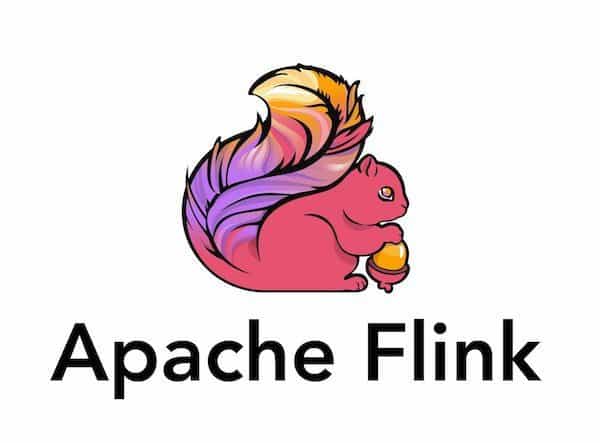
Key Concepts: Reduce Operation | Fold Operation | Aggregation and Split Operations
Apache Flink is a powerful framework for processing streaming data. This article explores key operations—reduce, fold, aggregation, and split—used to process keyed streams effectively. These operations enable developers to aggregate and partition data in real-time. Learn more about Flink at Apache Flink.
Reduce Operation
The reduce operation aggregates a keyed stream into a single value per key, commonly used for computations like sums or averages. Both input and output must be of the same type, performing a rolling aggregation.
| Operation | Description | Example Output |
|---|---|---|
| Reduce | Sums profits and counts per month to compute average profit. | June: 28.48, July: 31.8, August: 33.4 |
Fold Operation
Similar to reduce, the fold operation aggregates keyed streams but allows different input and output types, offering more flexibility.
- Key Feature: Input (e.g., 5-field tuple) and output (e.g., 4-field tuple) can differ.
- Use Case: Omitting fields like product name while aggregating profits and counts.
Deprecation Warning: Fold is deprecated in Flink. Consider using reduce or other alternatives for modern applications.
Aggregation Operations
Aggregation operations like Note: For tuple streams, use field indices (e.g., The split operation divides a DataStream into multiple streams based on a condition, using a two-step process: tagging and selecting. Deprecation Warning: Split is deprecated. Use side outputs or filter operations for modern Flink applications. Explore More: Visit Apache Flink for detailed documentation | Start building real-time stream processing applications! Q1. What is the difference between reduce and fold in Flink? Q2. Why are split and fold operations deprecated?sum, min, minBy, max, and maxBy
min(3)). For class objects, use variable names (e.g., min("profit")). Learn more at Flink Docs.Aggregation Examples
Split Operation
Verification Instructions
Frequently Asked Questions
A: Reduce requires identical input and output types, while fold allows different types, offering more flexibility.
A: Flink recommends side outputs and filter operations for splitting and modern aggregation methods for better performance and maintainability.






